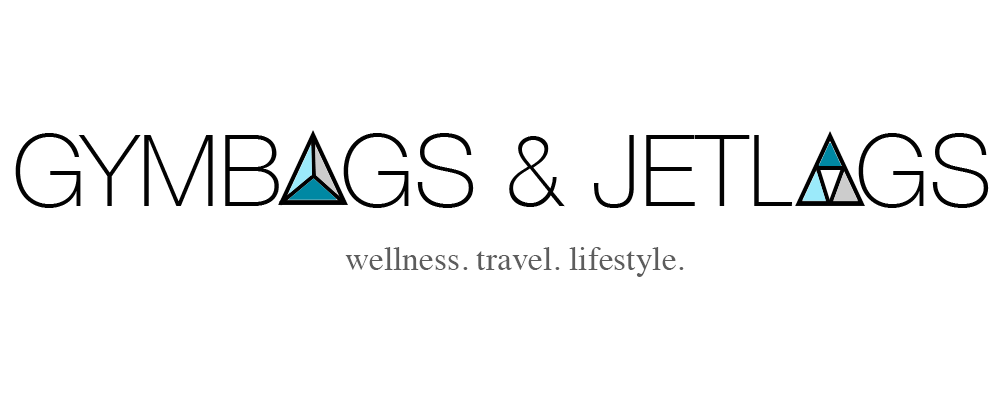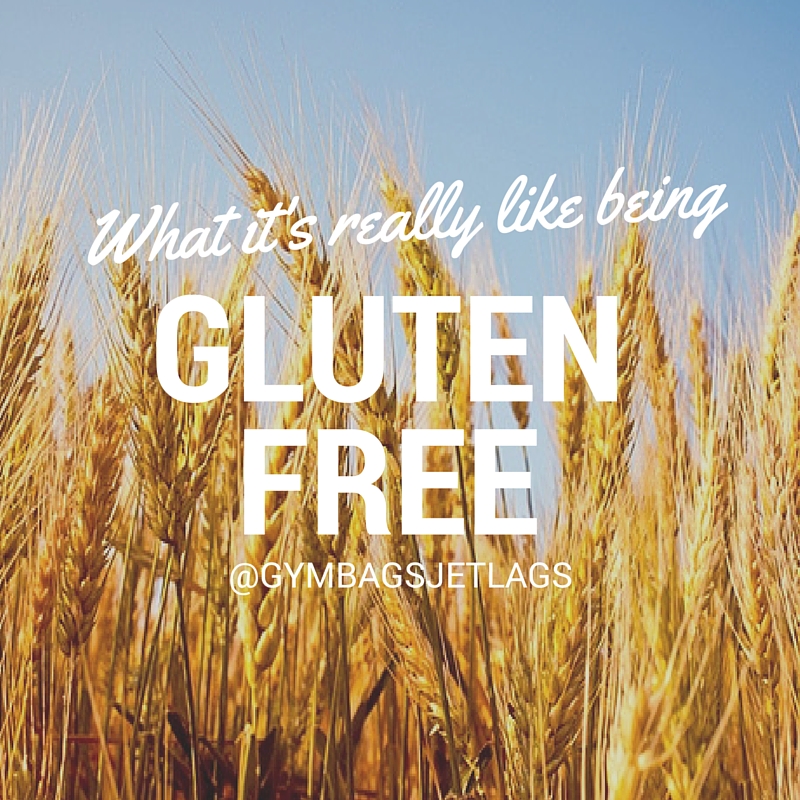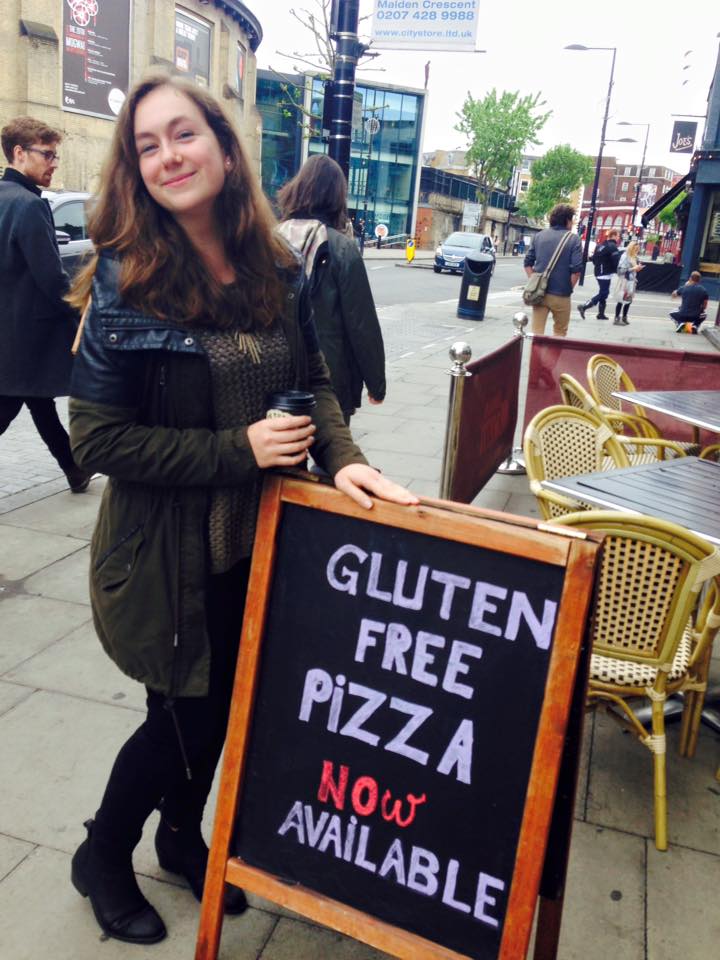When I was 15, I was diagnosed with Celiac Disease.
And contrary to what you might think, my world didn’t turn upside down nor did my life suddenly get remarkably better. It was just the start of a learning process.
The way I found out that I had Celiac was by getting a blood test because my mom was wondering why I was always tired. I then got an endoscopy that confirmed the diagnosis.
From then on, it just took a lot of label reading and research to figure out which gluten free pasta was the best and which breads didn’t resemble dry sponges. Being gluten free isn’t as difficult as it used to be, there are a lot of different foods now that stores can stock to make sure they are available to people like me, with gluten free food suppliers ready to fulfill those requirements.
Celiac disease is a disease in which the digestive system is hypersensitive to gluten, making the things that absorb nutrients in you intestine stick together; resulting in it being impossible to properly absorb nutrients and other life-essential stuff.
Celiac and gluten-intolerance (which is something different) manifest themselves in a bunch of different ways. It is understandable that some people may get these two confused, which is why it makes sense to get something like a gluten intolerance test done, for example, just so there is a clear idea of what can and cannot be eaten.
Some people get cramps or migraines. Others get dizzy or throw up. I consider myself lucky because I don’t get any instant reactions to accidentally ingesting gluten. I just become incapable of retaining energy for days…
Like, if I eat a doughnut, I can sleep for 15 hours and have no energy the next day. It’s weird I know.
Gluten is found in wheat, rye and barley. Basically anything made with flour has gluten, although it hides in a bunch of other things too.
Fun fact: flour is the second ingredient in Twizzlers. Yeah. Craziness.
You might be thinking, but what about pizza?! Pasta?! Cake?!?
Fret not, there are a bunch of gluten free options. They’re usually corn or rice flour based. And most of them aren’t that bad (there are admittedly some horrendous ones out there though). Like I said, it’s all a learning process.
I personally don’t like gluten free substitutes. I find that they tend to be heavier than their gluten-filled counterparts but keep you full for less time. I’d much rather have a piece of meat and potatoes (how British of me, I know) than a bowl of heavy gluten-free pasta. But I do love my grilled cheese sandwiches and spaghetti carbonara once in a while too.
Also, I just want to say that if you’re gluten-free, there’s no need to scream it from the high heavens. I think everyone has that one friend who makes such a big deal about it that their Secret Santa present ends up being about gluten. I am not that person (at least I hope not?!). There’s no harm done in turning down someone’s cookies without making them feel bad about your gluten-free-ness.
Overall, going gluten free, whether it’s just for “fun” or because you actually have to, is really not that traumatic. You get used to saying no to pizza and just asking for things to be gluten free at restaurants.
Have you ever tried going gluten-less? Have any friends who are anti-gluten?
I’m just going to leave this here for your viewing pleasure (it’s literally how I feel sometimes).
* image from here


